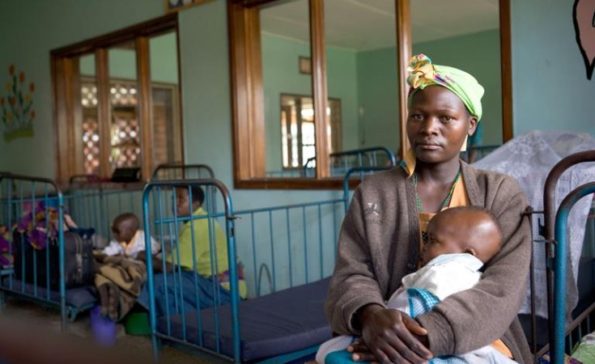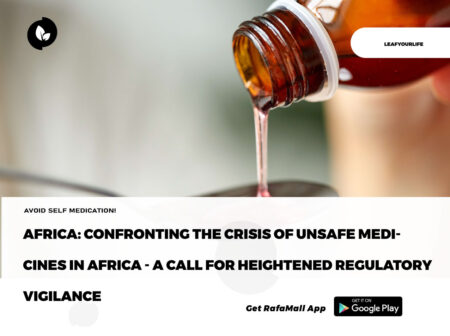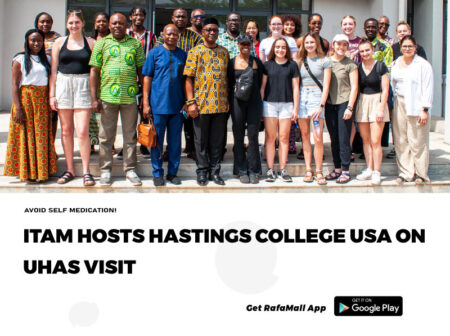
World Health Organization (Geneva)
By Dr Rose Jalang?o
About five years ago, I stepped into an exciting new role within Kenya’s National Vaccines and Immunisation Program (NVIP). Among other things, I was charged with spearheading the introduction of new vaccines to help improve the health of our population. Barely a week into my new role, I was tasked with leading the pilot introduction of the RTS,S/AS01 (RTS,S) malaria vaccine in Kenya.
RTS,S is the first malaria vaccine to have completed the clinical development process, including five years of large-scale, Phase 3 clinical testing. The vaccine-the result of 30 years of development-was now on my docket. Kenya, alongside Ghana and Malawi, was selected to implement the malaria vaccine pilots in certain areas of the country.
Working with partners, stakeholders, county officials, communities and caregivers, we were faced with the herculean task of introducing the malaria vaccine in Kenya. Data and information derived from the pilot would inform a World Health Organization (WHO) recommendation on the broader use of the vaccine.
Contributing to a historic decision
Now, we find ourselves at the fulcrum of history. On 6 October 2021, WHO recommended widespread use of the RTS,S vaccine in sub-Saharan Africa and in other regions with moderate to high P. falciparum malaria transmission. This recommendation is informed by the work that we have been doing here in Kenya, and in Ghana and Malawi, with immunization, malaria and scientific colleagues. I feel incredibly proud to have contributed to this historic decision.
Kenyans are known to be good runners, so once the decision was made to pilot the vaccine in parts of our country, we hit the ground running. Bearing in mind the unique nature of the malaria vaccine, we knew that collaboration with a diverse set of partners and early stakeholder engagement would be critical to success. A lot of time, effort and resources were devoted to engaging county health managers, religious and political leaders, as well as health care workers’ professional associations. We knew they could be our allies.
In April 2019, we watched with pride as our colleagues in Malawi and Ghana launched the vaccine in their countries. In Kenya, it all came together on 13th September 2019, when the former Health Cabinet Secretary the HonorableHon. Sicily Kariuki, and partners from WHO and PATH joined health care workers and the community at Ndhiwa sub-county, Homabay county to witness the launch of the vaccine. It was a colourful and historic day, full of dance and optimism.
High acceptance of the vaccine
Already on day one, numerous caregivers were ready to have their children vaccinated. This was the culmination of three years of hard work and planning, and yet another personally fulfilling and professional milestone. To date, more than 200 000 Kenyan children have received the malaria vaccine. Just more than two years following the launch of the pilot, we know that the vaccine has a strong safety profile, is effective, substantially reduces severe malaria and can be delivered successfully in real-life, childhood vaccination settings.
Our achievement has not, however, been without challenges. In Kenya, we have seen frequent health care worker strikes and witnessed natural calamities, like floods, which displaced families and led to the closure of health facilities. COVID-19 also shook our health system. Several immunizing facilities were turned into isolation units, caregivers shied away from hospitals, and restricted movements had an impact on all routine immunizations, including the malaria vaccine. Now, with COVID-19 vaccination in place and deliberate efforts by the Ministry of Health to ensure the continuation of essential services, we have seen many of our caregivers return to our facilities for healthcare.
Throughout it all, the RTS,S malaria vaccine has also enjoyed unprecedented support from caregivers and health care workers in malaria-endemic counties. Since 2019, we’ve witnessed high acceptance of, and demand for, the vaccine from communities as well as political goodwill in the implemening counties.
Ensuring access to all malaria prevention tools
I feel incredibly proud to have contributed to the WHO’s historic recommendation, and I join the rest of my colleagues, partners, caregivers and communities in celebrating the expanded use of this additional intervention in the fight against malaria. I continue to be deeply honored to work with colleagues and partners to safely deliver lifesaving vaccines that protect Kenyan children and communities from vaccine-preventable diseases.
But even as we celebrate, our work is far from over. We must remain dedicated to ensuring that our communities and children continue to have access to the malaria vaccine as part of a full package of recommended malaria interventions-including insecticide-treated bednets-for a healthier and more productive nation. I also hope that our experiences in Kenya will inspire other countries to follow suit.
Dr Rose Jalang’o, National Vaccines and Immunization Program, Ministry of Health of Kenya
Read the original article on WHO











